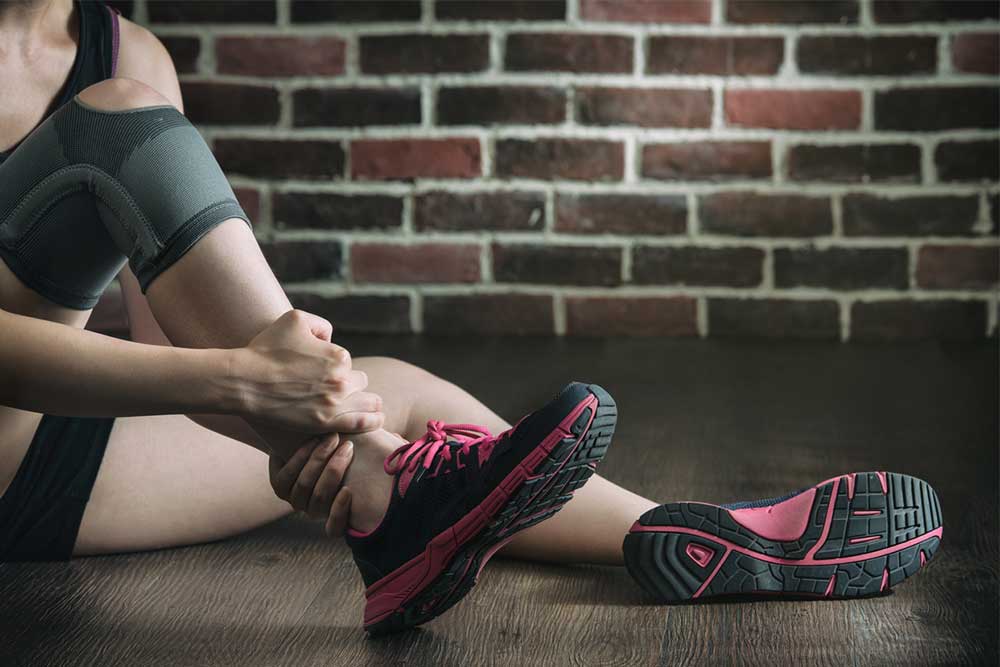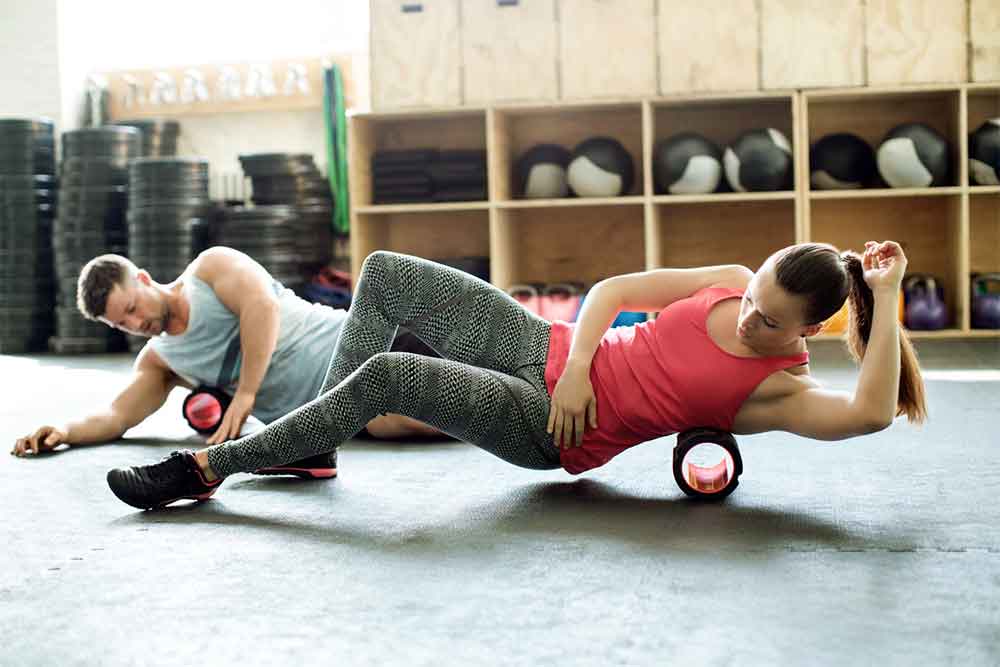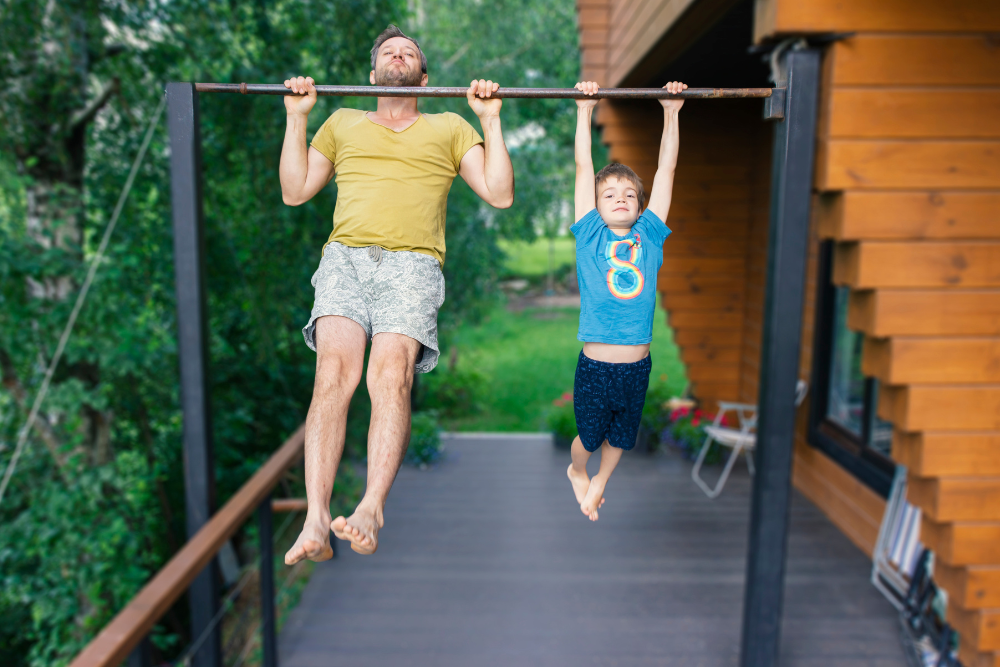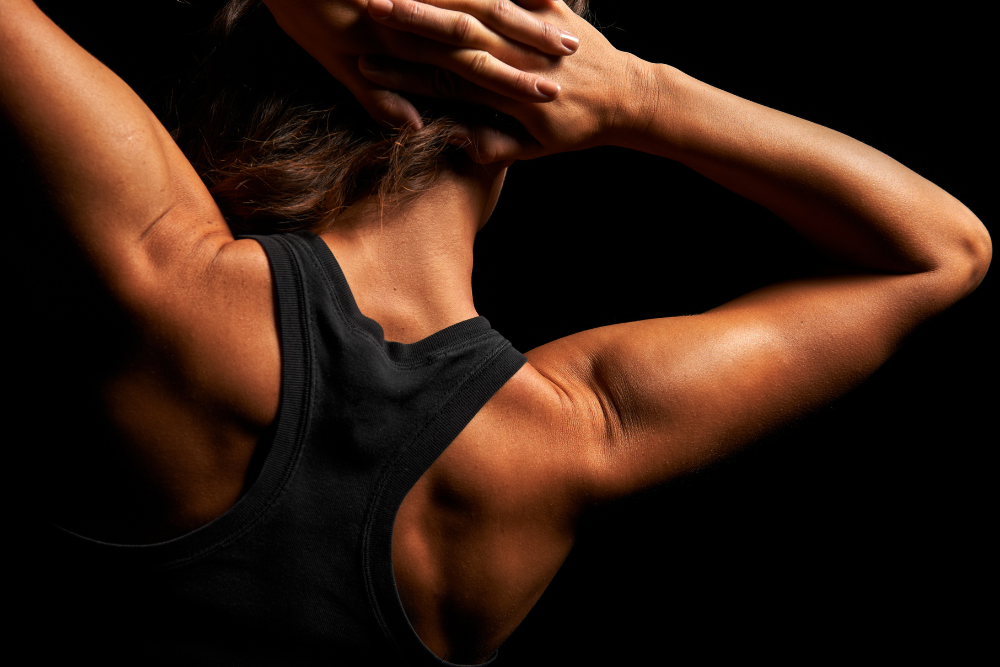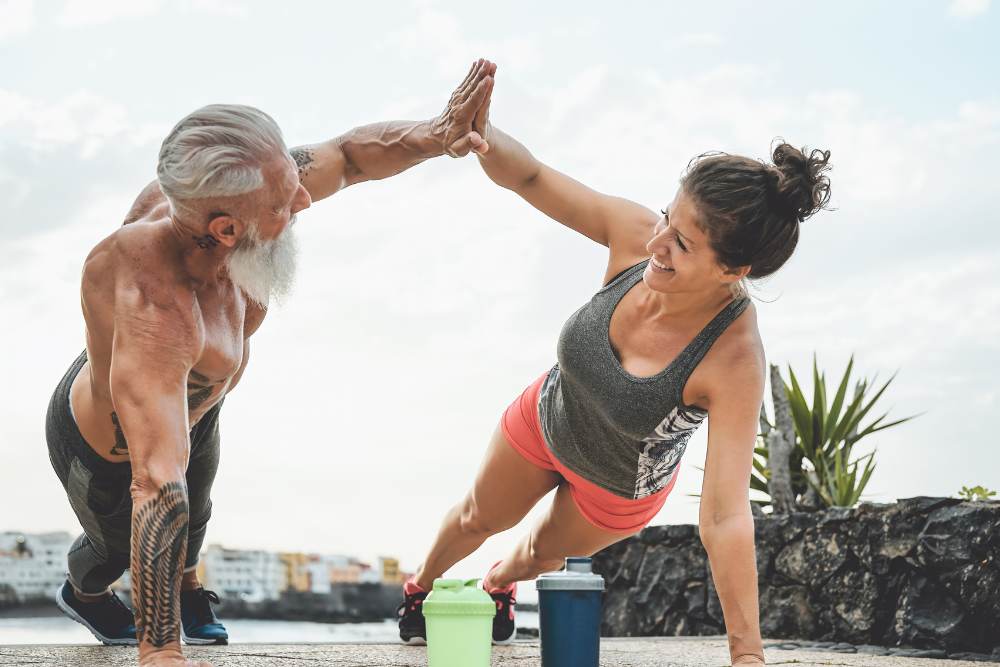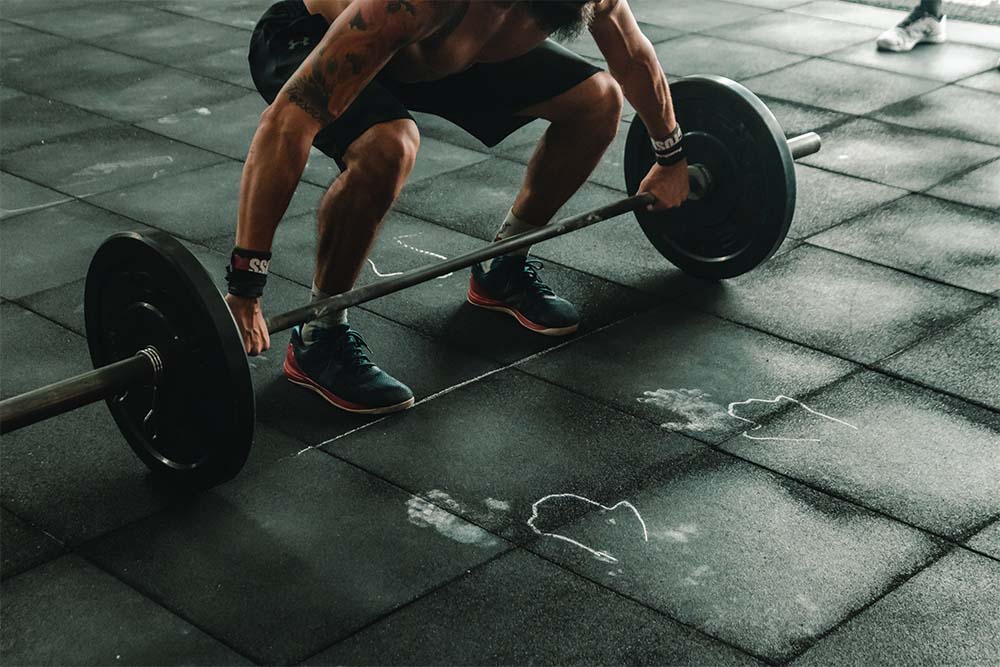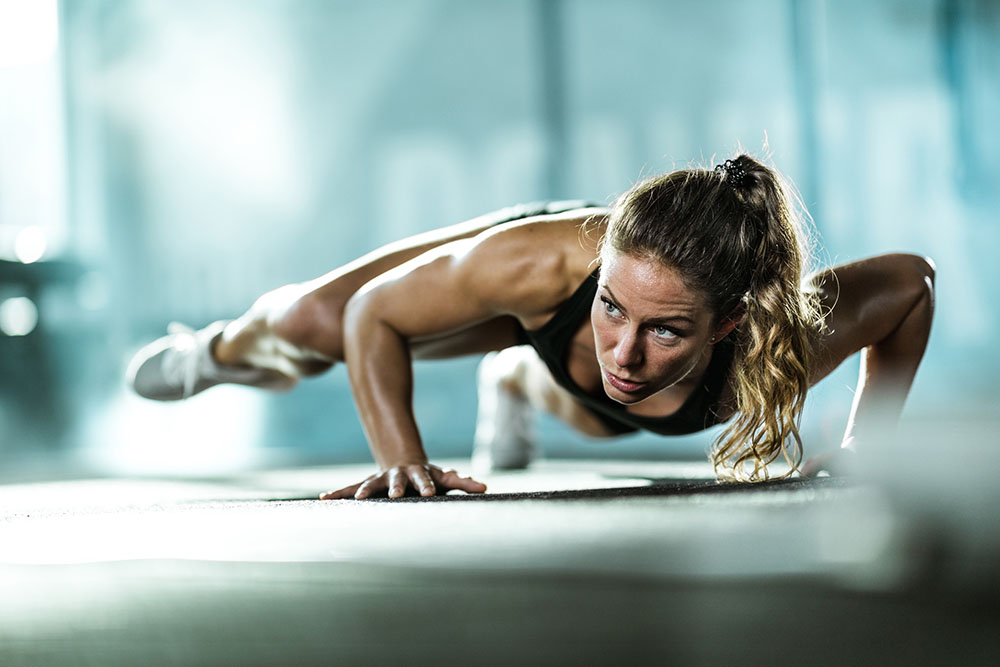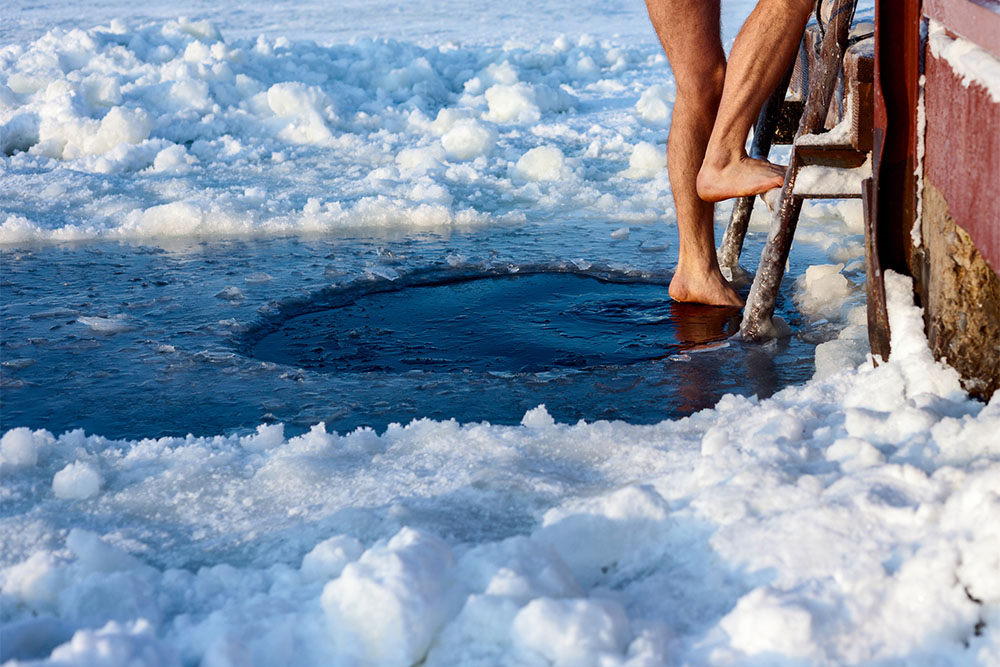Muscle Cramps Cramping Your Style?

Ryan Cross
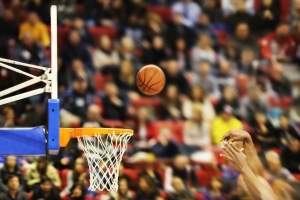 It’s late in the fourth quarter of a college basketball game and the home team is at the foul line. As the player makes his final free throw, the team’s leading scorer attempts to run back on defense when he falls to the floor in obvious pain. As the trainer approaches the athlete, fearing an ACL tear or ankle sprain, he notices the athlete grabbing his calf yelling, “It’s cramped up!” Unable to put any weight on his foot, the athlete is carried to the trainer’s room to begin treatment for him to return to play.
It’s late in the fourth quarter of a college basketball game and the home team is at the foul line. As the player makes his final free throw, the team’s leading scorer attempts to run back on defense when he falls to the floor in obvious pain. As the trainer approaches the athlete, fearing an ACL tear or ankle sprain, he notices the athlete grabbing his calf yelling, “It’s cramped up!” Unable to put any weight on his foot, the athlete is carried to the trainer’s room to begin treatment for him to return to play.
The Cause
A common and sometimes debilitating occurrence during physical activity is muscle cramping. They can come on out of nowhere and be extremely painful. Understanding the causes, clinical features and risk factors associated with muscle cramps is important in guiding the treatment plan.
Muscle cramping can be a symptom associated with many different conditions and situations including metabolic dysfunction, neurological conditions, cardiovascular dysfunction, pregnancy and exercise.
When dealing with exercise associated muscle cramps, it is important to rule out underlying conditions as the root cause. Muscle cramps are acutely painful, involuntary, and an explosive contraction, that come on suddenly and gradually resolve spontaneously (Minetto et al. 2013).
It has long been felt that dehydration and electrolyte loss is the main cause of muscle cramps. While this can play a role in the development of muscle cramps, there are other factors at play.
Emerging research is pointing to changes in the nervous system as a cause for muscle cramps (Miller, 2015). Increased exercise intensity and duration, muscle fatigue, contractions in a shortened position, or underlying tissue damage can lead to altered neuromuscular control (Edouard, 2014). Neuromuscular control involves nerves from the brain and spinal cord communicating with receptors in the muscle to coordinate movement. Changes in this coordination and communication can cause muscle cramping. The cause of exercise associated muscle cramps is multifactorial and usually specific to each individual.
Related Article: When You Should Go See A Physical Therapist
The Treatment
There are no proven ways to prevent or treat muscle cramping, but certain strategies can be helpful for some people.
In order to manage exercise associated muscle cramps effectively, you need to consider risk factors. Some risk factors include previous history of cramping, increased training time prior to an event, increased intensity and duration, inadequate training methods (including nutrition), and muscle fatigue. With these factors in mind, designing a proper training program is the first step in preventing the onset of muscle cramps.
 Neuromuscular training (balance, plyometric exercises, etc) should be included in the training program. The timing of training in the lead up to an event is another key consideration. When cramps do come on during exercise, there is some support for rest, stretching, and relaxation breathing (Edouard, 2014). Anecdotally, other strategies include, ice, massage, hydration, electrolyte drinks, and even pickle juice (Murray, 2016). Each prevention and treatment approach is attempting to restore the body’s ideal balance, either metabolically or neurologically.
Neuromuscular training (balance, plyometric exercises, etc) should be included in the training program. The timing of training in the lead up to an event is another key consideration. When cramps do come on during exercise, there is some support for rest, stretching, and relaxation breathing (Edouard, 2014). Anecdotally, other strategies include, ice, massage, hydration, electrolyte drinks, and even pickle juice (Murray, 2016). Each prevention and treatment approach is attempting to restore the body’s ideal balance, either metabolically or neurologically.
Related Article: The Top 3 Tips To Improve Your Balance
The Outcome
What happened to the basketball player? After playing the majority of the game with only short breaks, he was questioned in the trainer’s room on pre-game activities (including meals, warm-up, and hydration). While discussing pre-game activities, the trainer began stretching and soft tissue release techniques to help calm the calf spasm. Game day routine was reported to be mostly normal, other than arriving later than normal and just in time for warm up. The massage helped to release the spasm so he rested for a few minutes, drank a sports drink and ate a handful of potato chips. The cramping relaxed in time for the player to return to the game and sink the game winning shot!
After learning more about muscle cramps, the cause was likely related to fatigue and decreased normal warm up routine which could have altered his neuromuscular control. Of the treatment strategies used to alleviate the cramping, the rest and stretching were likely the main contributors.
The Takeaway
This scenario highlights a few points about cramping. Muscle cramp onset, prevention, and treatment are multifactorial and specific to each individual situation. Balanced training and nutritional programs are important in prevention and treatment. If you have recurrent muscle cramping, seeing your doctor and/or physiotherapist can help determine the cause and plan to keep you in the game.
Related Article: 5 Hip Exercises For Prevention And Performance
References:
Miller, Kevin C. “Rethinking the cause of exercise-associated muscle cramping: moving beyond dehydration and electrolyte losses.” Current sports medicine reports 14.5 (2015): 353-354.
Edouard, P. “Exercise associated muscle cramps: Discussion on causes, prevention and treatment.” Science & Sports 29.6 (2014): 299-305.
Minetto, Marco Alessandro, et al. “Origin and development of muscle cramps.” Exercise and sport sciences reviews 41.1 (2013): 3-10.
Murray, Bob. “How Curiosity Killed the Cramp: Emerging Science on the Cause and Prevention of Exercise-Associated Muscle Cramps.” AMAA Journal (2016).
You Might Like:


